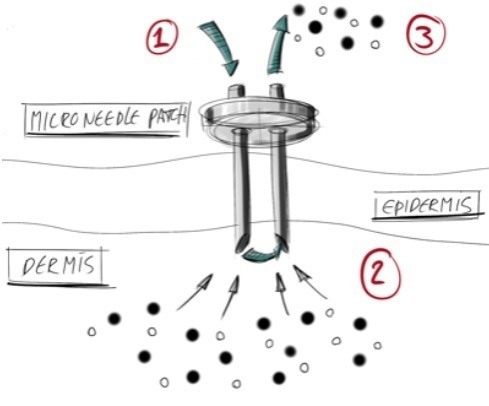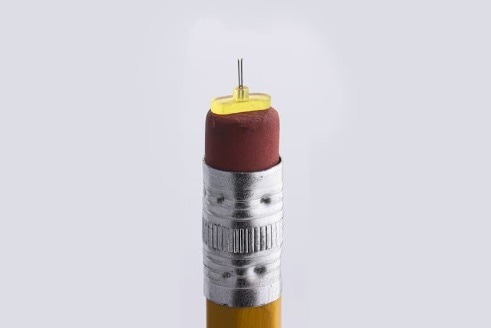IMcoMET is a biotech startup that dedicates itself to the field of skin cancer treatment. Its concentration is on the tumor microenvironment. The startup is pioneering innovative immunotherapy that alters the way skin cancer is treated.
Cancer cells fool the immune system by transmitting signals that serve as camouflage. Such signals are molecules, primarily proteins, which tend to produce cancer cells and release them into the fluid around the cells. This fluid is referred to as the microenvironment. The immunotherapy’s goal is to eliminate the camouflage signals, provoke an immune response, and destroy the tumor.
IMcoMET has produced a technology based on microneedles and microfluidics to physically eliminate the tumor's microenvironment and all of its components, replacing them with healthy tissue.
M-Duo Technology® utilizes small needles that are placed close to each other and function together. One needle injects a carrier fluid while the other draws it out.
Since the fluid tends to travel between the two needles inside the skin, it mixes with the cell fluid and drains all the signals in that area. This is carried out constantly, without having to eliminate the needles.

Image Credit: Boston Micro Fabrication
The microneedle-Duo (M-Duo) Technology uses 3D-printed components, particularly the caps and the lid that carries the needles in place. IMcoMET selected BMF micro-precision 3D printing to manufacture such parts as a result of the high-precision requirements of the part.
The part consists of two 100 µm-diameter channels placed in parallel at a 20 to 40 µm distance. The micro-precision 3D printers of the BMF span the technological gap between nano 3D printing and classic SLA 3D printing. BMF’s 3D printers miniaturize the technology.

Image Credit: Boston Micro Fabrication

This information has been sourced, reviewed and adapted from materials provided by Boston Micro Fabrication (BMF).
For more information on this source, please visit Boston Micro Fabrication (BMF).